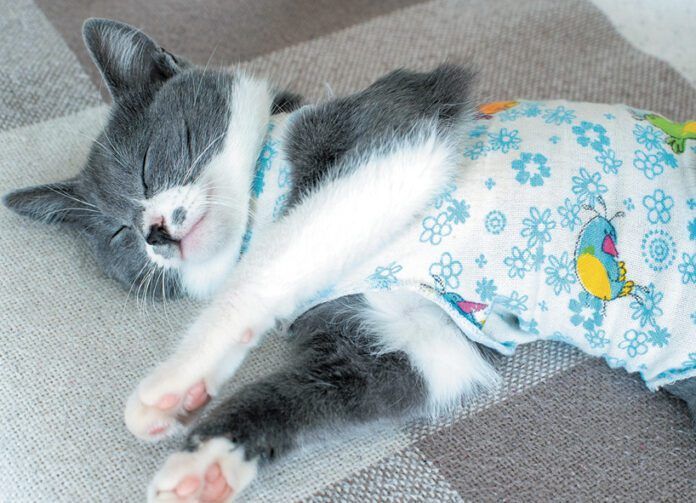When a veterinarian removes a possible malignant tumor, she also removes a cuff of surrounding normal-appearing tissue to improve the chances that the tumor will not grow back. A pathologist then looks at the perimeter (or “margins”) of the resected tumor under a microscope to see whether it appears to have been fully removed. The margins are categorized as complete (no residual cancer seen) or incomplete (residual cancer seen).
Unfortunately, being told that the surgeon achieved complete margins after a tumor has been removed from your cat does not guarantee that the cancer is gone for good, just as finding out that the margins were incomplete does not always indicate that the cancer is still present. About 15 percent of the time, when the margins are determined to be complete, the malignancy grows back, research has indicated. And when the margins are pronounced incomplete, a tumor’s recurrence rate is about 30 percent.
Why do pathologists who look at the margins get it wrong that frequently? One reason is that they cannot look at the entire resected mass. The lab makes only a few microscopic slides from three to five areas of the excised cancer. Thus, if the report says that the tumor has complete margins, it means only that those few spots have complete margins. A pathologist can’t look at the entire tumor surface because it would require preparation of too many slides. Such an effort would be both cost- and time-prohibitive.
Another source of error during margin analysis is that the tissue being assessed can shift during processing, which can affect the accuracy of the results.
Thus, what you get in the end is an impression about whether the tumor excision was complete, not a definite answer. Looking at the margins is just one of many ways that a doctor makes a prognosis about how your cat will do.
To improve accuracy, some pathologists are beginning to report a third margin category between complete and incomplete. Called “clean but close,” it means that no cancer cells were found at the margin but that the margin of normal tissue was extremely narrow, with perhaps only a millimeter or two between healthy cells and cancerous ones. Research has suggested that this middle category improves the accuracy of predictions about local tumor recurrence.
In a pathology lab where margins are categorized as complete, complete but close, and incomplete, each category is associated with progressively higher recurrence rates. That makes “complete but close” a helpful middle finding.




